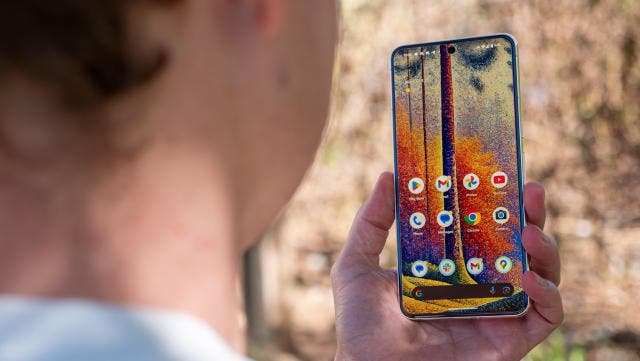Google has recently announced that its new flagship phones, folding screen phones, and 5G tablets will all be equipped with satellite communication capabilities. The company revealed this in an official blog post. Before the official confirmation, a popular tech blogger on Weibo, @DCS claimed that all of Google’s new flagships, foldable phones and 5G tablets support satellite communications. He further claims that Android 15 natively supports satellite networks. This is a significant development in the world of mobile technology, as satellite communication has traditionally been limited to high-end devices.
![]()
Google’s Previous Developments in Satellite Communication
Google has been working on satellite communication technology for some time now. In the second developer preview version of Android 15, Google expanded its support for satellite connection functions, enabling the use of satellite connections to send and receive information. Google insiders have also revealed that the Pixel 9 series mobile phones will support emergency satellite communication functions, based on Samsung modem 5400. This modem will also be used in the next-generation Pixel Fold and 5G tablets.
Google has made significant investments in satellite communication as part of its efforts to expand internet access globally. The company has invested over $1 billion in a network of 180 satellites to provide internet access, particularly in remote and unconnected regions of the world. Google’s satellite venture is led by Greg Wyler, founder of the satellite communications startup O3b Networks, which is known for its innovative approach to satellite technology.
![]()
Mobile Phones That Currently Support Satellite Communications
Currently, only a few high-end mobile phones support satellite communications. These include the
- Huawei Mate 50 series
- Huawei Mate 60 series
- Huawei Mate Xs 2
- Huawei Mate X3
- Huawei Mate X5
- Huawei P60 series
- Huawei Pocket 2
- Huawei Nova 11 Ultra
- Huawei nova 12 Pro/Ultra
- Honor Magic 6 Pro/Ultimate Edition/RSR Porsche Design
- Xiaomi 14 Ultra
- Xiaomi Mi 14 Pro “Satellite Communication” Edition
- OPPO Find X7 Ultra “Satellite Communication” Edition
- ZTE Axon 60 Ultra
- iPhone 14 series
- iPhone 15 series
These devices are equipped with satellite communication capabilities. The feature allows users to make emergency calls and send messages even when there is no cellular or Wi-Fi connection.
Implications of Google’s Satellite Communication Capabilities
Google’s satellite communication capabilities have several implications for the future of mobile communication. Firstly, it will enable users to stay connected even in remote areas where there is no cellular or Wi-Fi coverage. This is particularly useful for people who live or work in rural areas, or for those who travel to remote locations.

Secondly, satellite communication can be used for emergencies. In cases where there is no cellular or Wi-Fi connection, satellite communication can be used to make emergency calls or send messages for help. This can be life-saving in situations where every second counts.
Thirdly, satellite communication can work for a variety of other purposes. This includes navigation, weather updates, and even entertainment. For example, satellite communication can work for streaming music or videos, or to access social media platforms.
According to @DCS consumer recognition of this feature is not very high at the moment. This means that many users do not emphasize the feature. However, it is a general trend in the industry. This means that more mobile phones will support satellite communication functions in the future.
Conclusion
Google’s new flagship phones, folding screen phones, and 5G tablets all support satellite communications, which is a significant development in the world of mobile technology. This will enable users to stay connected even in remote areas, use satellite communication for emergencies, and access a variety of other services. While consumer recognition of satellite communication is not very high, it is indeed the general trend and more mobile phones will likely support this technology in the future.





